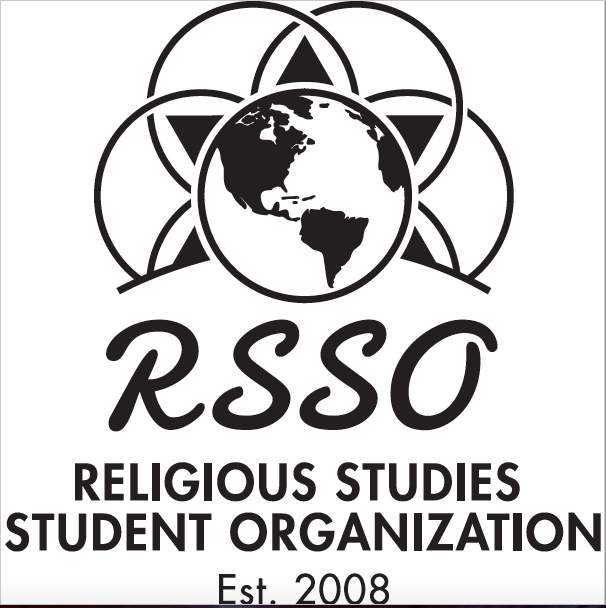Moderator
Sr. Mary Lea Schneider
Location
Room A
Start Date
1-4-2017 9:45 AM
End Date
1-4-2017 10:45 AM
Abstract
This paper compares begotten Jesus, second hypostases of the Trinitarian God, with man in order to draw conclusions in regards to man’s creation “in Our image, according to Our likeness.” The fundamental questions focus on what is involved both in the image and the likeness with the driving question behind the entire research being: If Jesus was necessarily fully human, for the redemption of mankind, was He necessarily inherently capable of sin? This leads to speculation on whether or not sinfulness is fundamentally an intrinsic part of man’s nature?
Through Biblical exegesis, early church fathers interpretations of the Bible and the theology developed within the first six Ecumenical Councils, a general conception of man’s creation as well as Christ’s Incarnation is formed. This is then used to interpret Christ’s nature in relation to the nature of man. The goal is to give a basis for the discussion of the Trinitarian nature of both God and man, as well as begin to understand how Incarnate Christ is able to be both fully divine and fully human. It is here that the concept of sinfulness begins to appear. If sin is intrinsic to man then does Christ take this sinfulness nature on in his Incarnation?
The final portion of the paper develops a theory where although Christ is begotten in the image, through the Incarnation, taking on certain aspects of human nature, He is not, begotten according to the likeness because, being the second person of the Trinity, He is inherently One, homoousios with the Trinitarian God. This I posit leaves Him unable to commit sin, although tempted by the Devil, because sin is not inherently a part of created human nature. Instead man is designed, according to the likeness, for deification, whereas for Christ deification becomes not a process but inherent in His divine nature. Sin then becomes the result of man’s free-will and individual choice, like the choice of Adam and Eve, to disobey God, and therefore draw further from the likeness to God, a likeness made fully visible in Christ.
Likeness Deified: Incarnate Christ and how His human nature avoids sinfulness
Room A
This paper compares begotten Jesus, second hypostases of the Trinitarian God, with man in order to draw conclusions in regards to man’s creation “in Our image, according to Our likeness.” The fundamental questions focus on what is involved both in the image and the likeness with the driving question behind the entire research being: If Jesus was necessarily fully human, for the redemption of mankind, was He necessarily inherently capable of sin? This leads to speculation on whether or not sinfulness is fundamentally an intrinsic part of man’s nature?
Through Biblical exegesis, early church fathers interpretations of the Bible and the theology developed within the first six Ecumenical Councils, a general conception of man’s creation as well as Christ’s Incarnation is formed. This is then used to interpret Christ’s nature in relation to the nature of man. The goal is to give a basis for the discussion of the Trinitarian nature of both God and man, as well as begin to understand how Incarnate Christ is able to be both fully divine and fully human. It is here that the concept of sinfulness begins to appear. If sin is intrinsic to man then does Christ take this sinfulness nature on in his Incarnation?
The final portion of the paper develops a theory where although Christ is begotten in the image, through the Incarnation, taking on certain aspects of human nature, He is not, begotten according to the likeness because, being the second person of the Trinity, He is inherently One, homoousios with the Trinitarian God. This I posit leaves Him unable to commit sin, although tempted by the Devil, because sin is not inherently a part of created human nature. Instead man is designed, according to the likeness, for deification, whereas for Christ deification becomes not a process but inherent in His divine nature. Sin then becomes the result of man’s free-will and individual choice, like the choice of Adam and Eve, to disobey God, and therefore draw further from the likeness to God, a likeness made fully visible in Christ.

